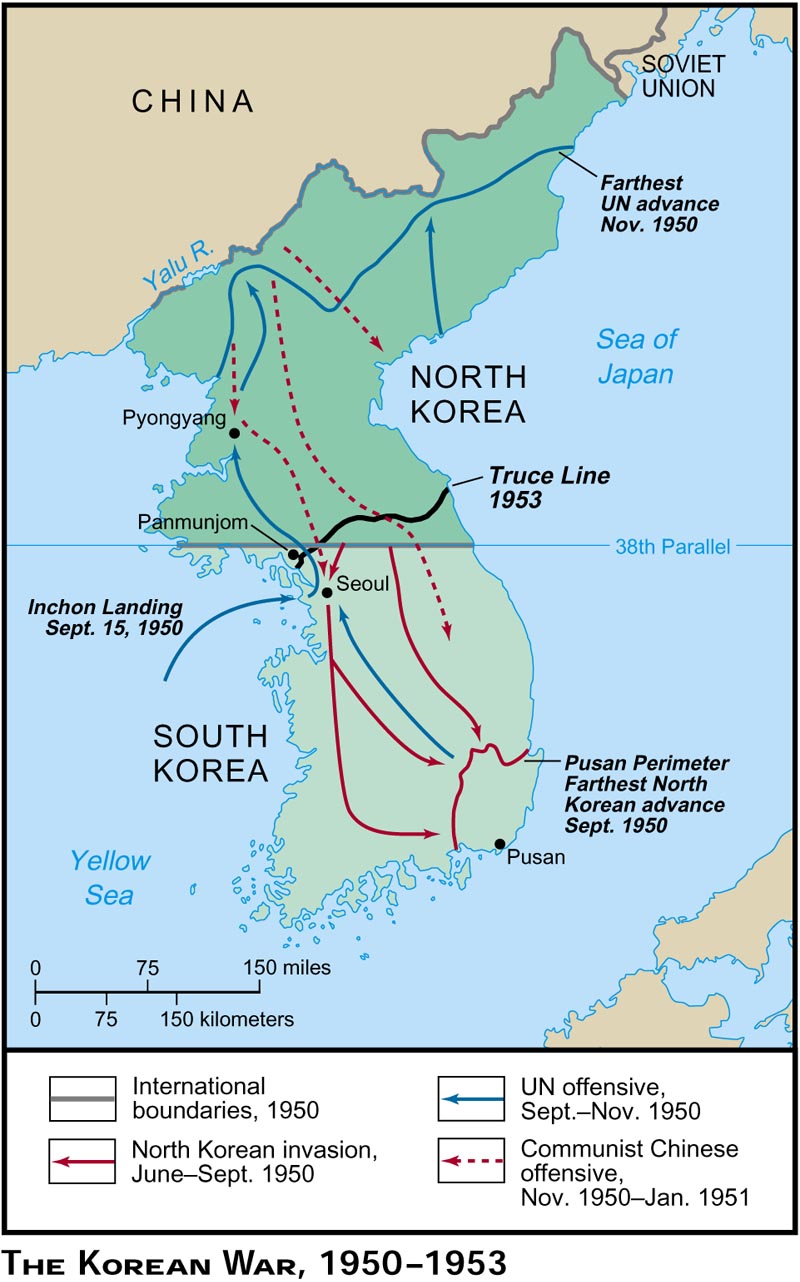Read the following excerpts and answer the questions that follow. When Soviet backed North Korea invaded American backed South Korea in 1950 the cold War became hot. Viewed as a Civil War, a War for Independence, a war for Imperialism and a war for the expansion of Communism, the Korean Conflict was many things depending on your perspective. What cannot be debated is the impact it had on Cold War relations between the US and the USSR and the continuing impact a divided Korea has on the world today.
“Korea…is a symbol to the watching world both of the East-West struggle for influence and power and of American sincerity in sponsoring the nationalistic aims of Asiatic peoples. If we allow Korea to go by default and to fall within the Soviet orbit, the world will feel that we have lost another round in our match with the Soviet Union, and our prestige and the hopes of those who place their faith in us will suffer accordingly…” ~ 1947 memorandum by Francis Stevens, assistant chief of the Division of Eastern European Affairs at the U.S. Department ofState.
“Their (the United States) policy is aimed at making the southern part of the country a colony without rights and a military strategic springboard for the United States…under cover of the so-called United Nations Commission for Korea, American ruling circles set up a puppet ‘government’ under the traitor Syngman Rhee, who traded away the independence and material wealth. The collapse of national industry, increasing unemployment, a continuous worsening of the economic position of the working people and bloodthirsty terror – these are the results of American rule in southern Korea.”~ a 1950 article from the Soviet Monitor regarding the influence of the United States in southern Korea.
Primary Source Document Questions:
- What is the main idea contained within these documents?
- What is going on in the country/world when these document were written?
- Are these documents a reliable source? Why or why not? (Is there bias?)
- Who said this? When did they say it?
- What are 2 facts that you have learned in class or on your own that you can connect to this document?
- How does this primary source contribute to our understanding of the time frame and/or history?
